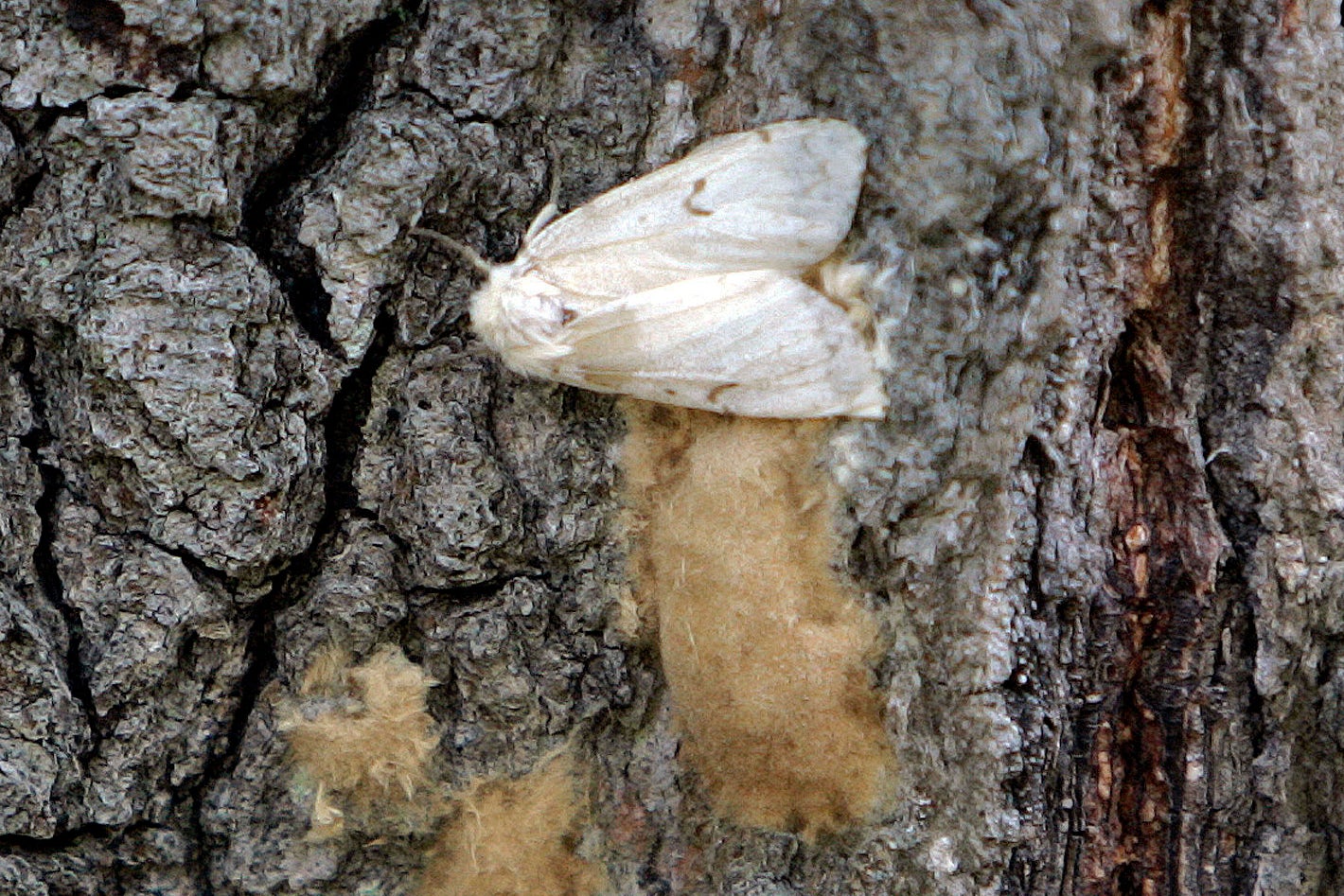Bug experts seeking new name for destructive gypsy moths
U.S. bug experts are dropping the name gypsy moth because it is considered an ethnic slur

Your support helps us to tell the story
From reproductive rights to climate change to Big Tech, The Independent is on the ground when the story is developing. Whether it's investigating the financials of Elon Musk's pro-Trump PAC or producing our latest documentary, 'The A Word', which shines a light on the American women fighting for reproductive rights, we know how important it is to parse out the facts from the messaging.
At such a critical moment in US history, we need reporters on the ground. Your donation allows us to keep sending journalists to speak to both sides of the story.
The Independent is trusted by Americans across the entire political spectrum. And unlike many other quality news outlets, we choose not to lock Americans out of our reporting and analysis with paywalls. We believe quality journalism should be available to everyone, paid for by those who can afford it.
Your support makes all the difference.Bug experts are dropping the common name of a destructive insect because it's considered an ethnic slur: the gypsy moth.
The Entomological Society of America, which oversees the common names of bugs, is getting rid of the common name of that critter and the lesser-known gypsy ant. The group this week announced that for the first time it changed a common name of an insect because it was offensive. In the past they’ve only reassigned names that weren’t scientifically accurate.
“It’s an ethnic slur to begin with that’s been rejected by the Romani people a long time ago,’’ said society president Michelle S. Smith. “Second, nobody wants to be associated with a harmful invasive pest.”
The society is taking a hard look at some of the more than 2,000 common insect names to remove derogatory and geographically inaccurate names. About 20 years ago, a committee of fish experts renamed the jewfish into the goliath grouper.
The moths are invasive and destructive critters in the caterpillar stage. They have a voracious appetite that can denude entire forests of leaves, said University of Illinois entomologist May Berenbaum, a past society president.
The moths likely got their name because as larvae they have hair with small air pockets that act like balloons allowing them to float for miles, wandering like the group of people they were named after, Berenbaum said. Another theory is that male adult moths have a tan color that could be similar to Romani people.
The Entomological Society is now on the hunt for a new common name, a process that will take months, Smith said. Until then, even though it’s a mouthful, Smith said the moths should be called by their scientific name, Lymantria dispar or L. dispar.
Berenbaum — who has written about weirdly named plants, animals and gene mutations — said given the moths' destructiveness, she and other would have some ideas for a descriptive new name.
"You’re not allowed to use obscenities,” she said, “so that’s out.”
___
Follow Seth Borenstein on Twitter at @borenbears.
___
The Associated Press Health and Science Department receives support from the Howard Hughes Medical Institute’s Department of Science Education. The AP is solely responsible for all content.
Subscribe to Independent Premium to bookmark this article
Want to bookmark your favourite articles and stories to read or reference later? Start your Independent Premium subscription today.